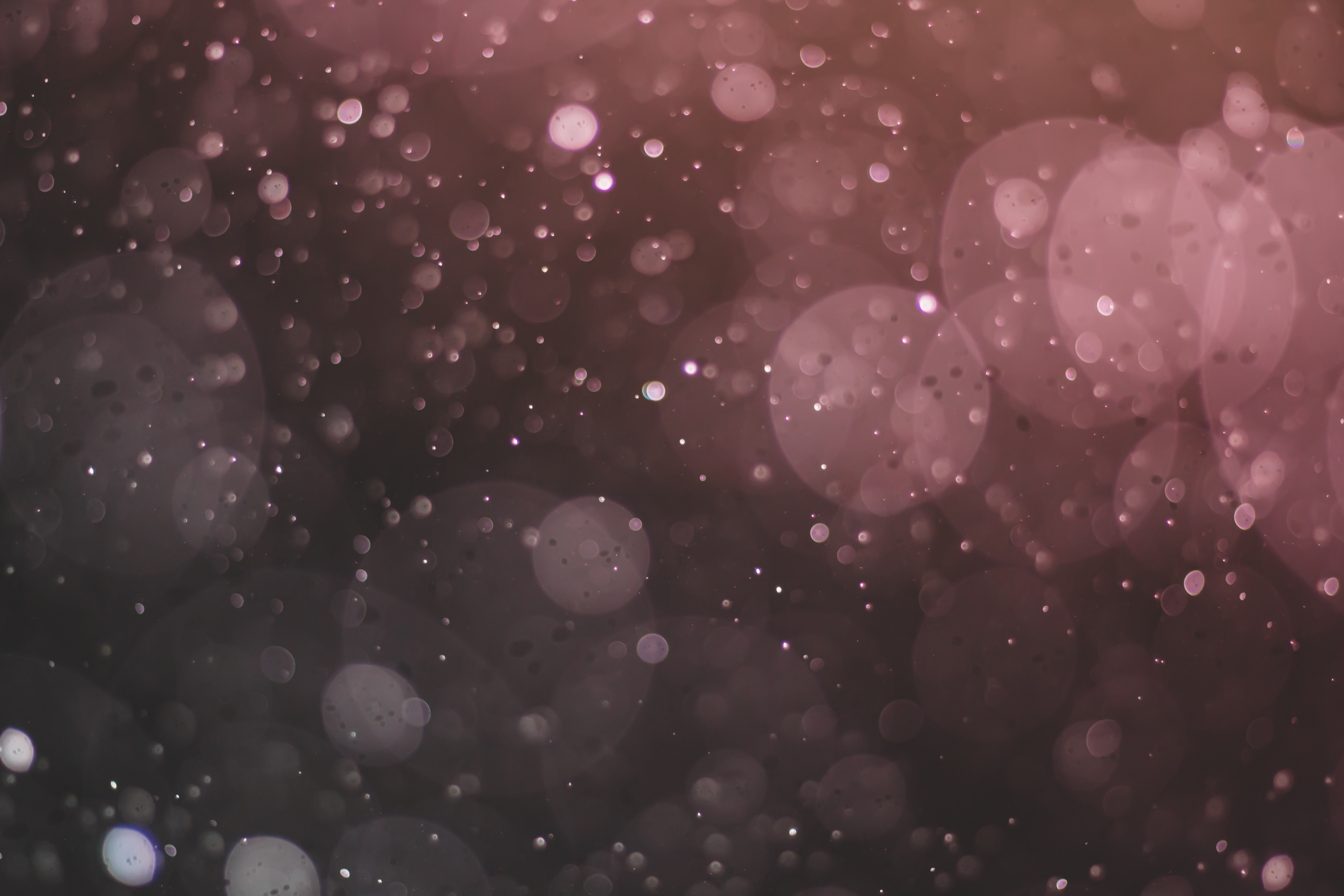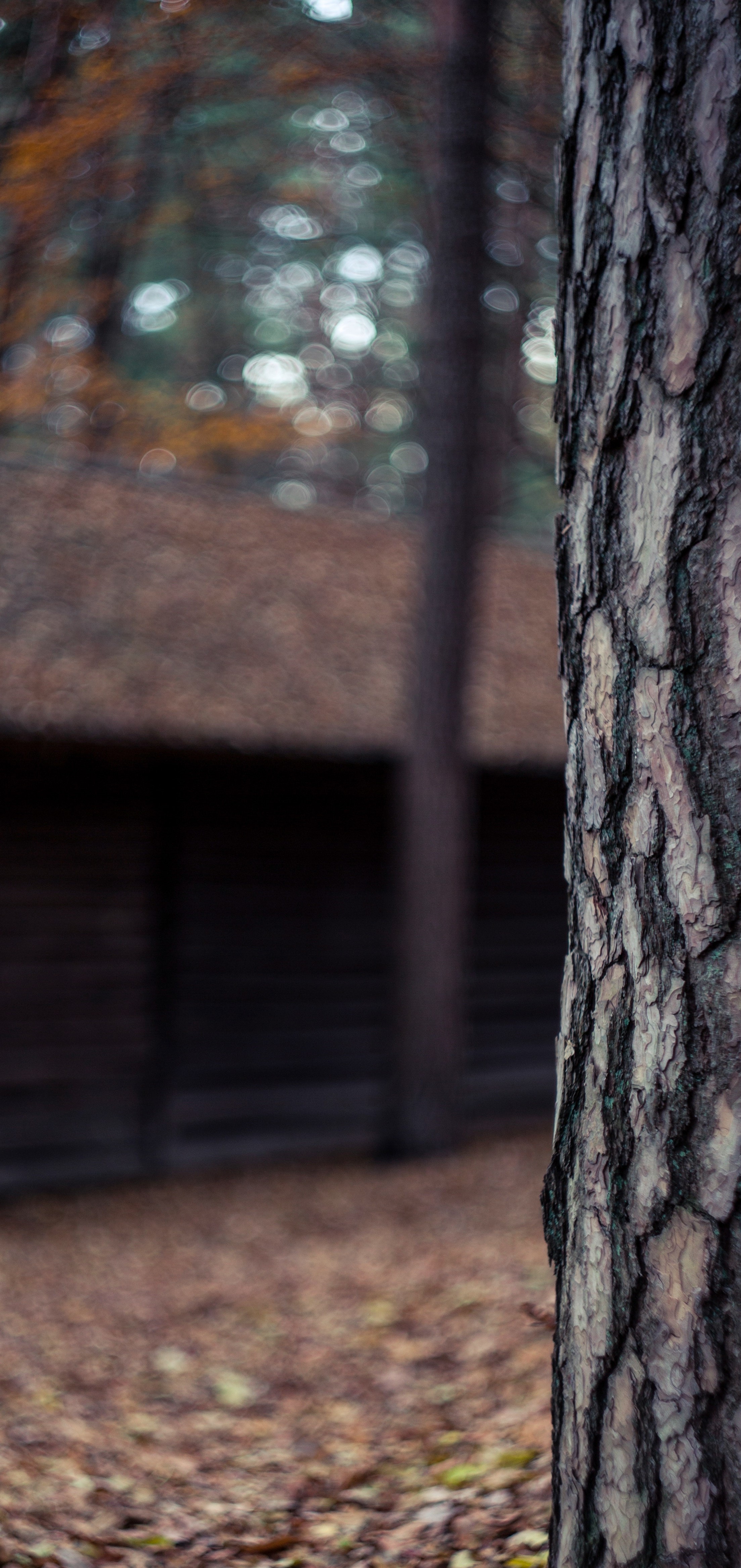Photographers sometimes create a special effect called bokeh by using a shallow depth of field, which allows only a small part of the photo to be in focus. In this article we will discuss the bokeh effect and how you can get this effect on your own photos.

What is bokeh?
Bokeh is a lens technique that produces the appearance of a blurred background. The word “bokeh” derives from the Japanese word "boke", meaning "blur". It is commonly known as "the way out-of-focus points of light collect together into circles".
The bokeh effect in photography refers to the visual quality of the blur around a point of sharp focus in an image. Bokeh can be created or added to a photo through different plugins and effects.
In-Camera Bokeh Effects

There are many different things to keep in mind when shooting a bokeh shot. Here are a few things to consider for an amazing bokeh shot:
Aperture
Aperture is crucial when trying to get that perfect bokeh shot because it can control the depth of field within your image. The depth of field dictates how much focus you place on your subject and how much is placed on the background. The f/number you choose should be based on how bokeh-y you want your picture to be.
Lens F-Stop
The f-stop is how much light you let hit the sensor through the aperture opening ; it is used to indicate aperture measurements on your camera. To achieve a larger bokeh, use a lens with a low f-stop value.
Flash vs. No Flash Photography
If you’re taking photos of scenes that are lit by natural light, going with the flash can help add to the mood of the photo and make it more dramatic since you’re lighting the scene yourself rather than relying on natural light to do it for you . If you’re taking photos of people, you should use a wide angle and use the flash so that their eyes will be the only ones lit up.
Focal Length
The focal length is the field view and shows us how much will be captured and how big the objects or elements in a picture will be.
Shutter speed
Shutter speed is the length of time in which the shutter of a camera is open; this exposes light to the camera's sensors. The shutter speed is very essential because it affects the quality of the picture taken.
Position of the subject
The positioning of your subject is critical when attempting to achieve bokeh. Positioning your subject close to you will allow the background to fall further out of focus. You can experiment by taking shots of your subject from various angles and with the subject at various distances from its surroundings.
Accessories that can help achieve a great bokeh shot
Bokeh is one of those things that people either love or hate. Some people find it distracting, while others find it beautiful and charming. So, whether you love or hate bokeh, you'll want to get some accessories for your camera so you can experiment and enjoy it!
- Lensbaby Composer - If you are looking for a different look with your out-of-focus shots, this is the lens to get. It allows you to easily change the shape of the blur in your shot.
- LensPen - This nifty little device is a lens cleaning brush and a lens cleaning cloth, all in one! It's perfect for getting rid of any dust or dirt on your lenses so they're ready to go when you are.
- ND Filters - ND filters are the best accessories for letting in light while protecting your camera from too much light. A neutral density filter reduces the intensity of the light entering the lens in order to prevent overexposure - if you don't have one already, invest in a set of ND filters for your camera now!
- An external flash, either on camera or off-camera, but preferably both.
- An exposure meter can measure an accurate exposure reading without having to guess what shutter speed and aperture will work best on your shot (a light meter can also do this job).
- Remote shutter release so you don't have to touch the camera and risk shaking it when taking photos
- Tripod mount so you can take long exposures, self timer, and time lapse modes in low light. Getting a flexible tripod mount would be best, so you can tilt and swivel the camera to get different angles
- Tiltable LCD screen for composing your shot without having to hold the camera close to your face.





